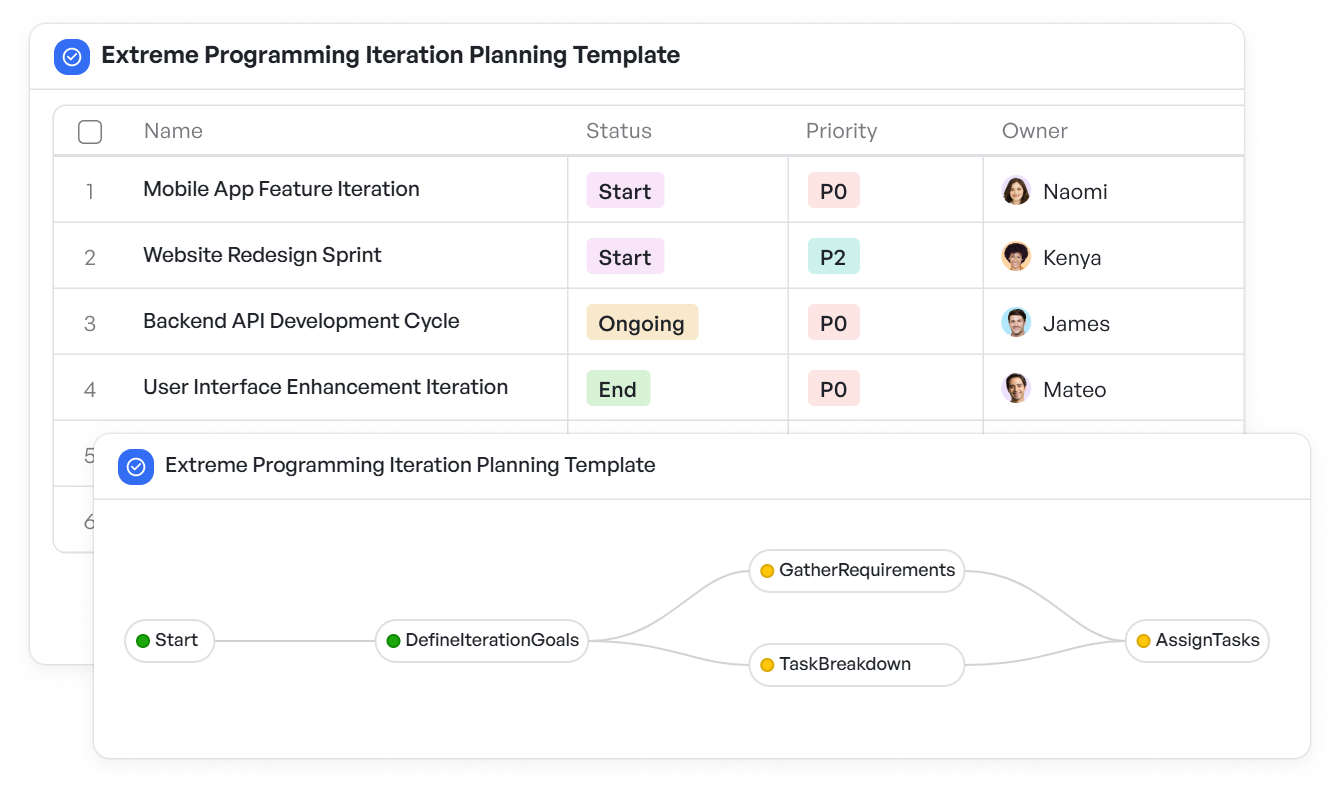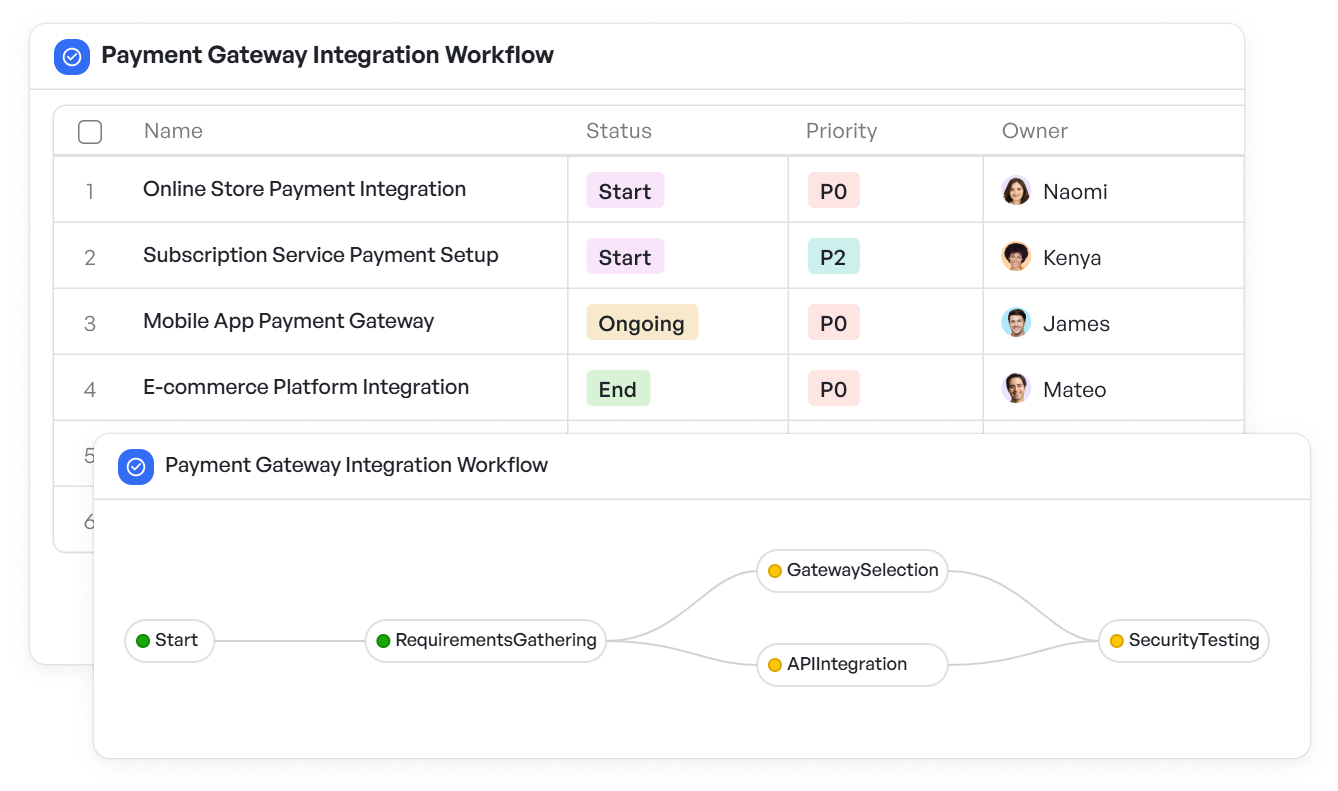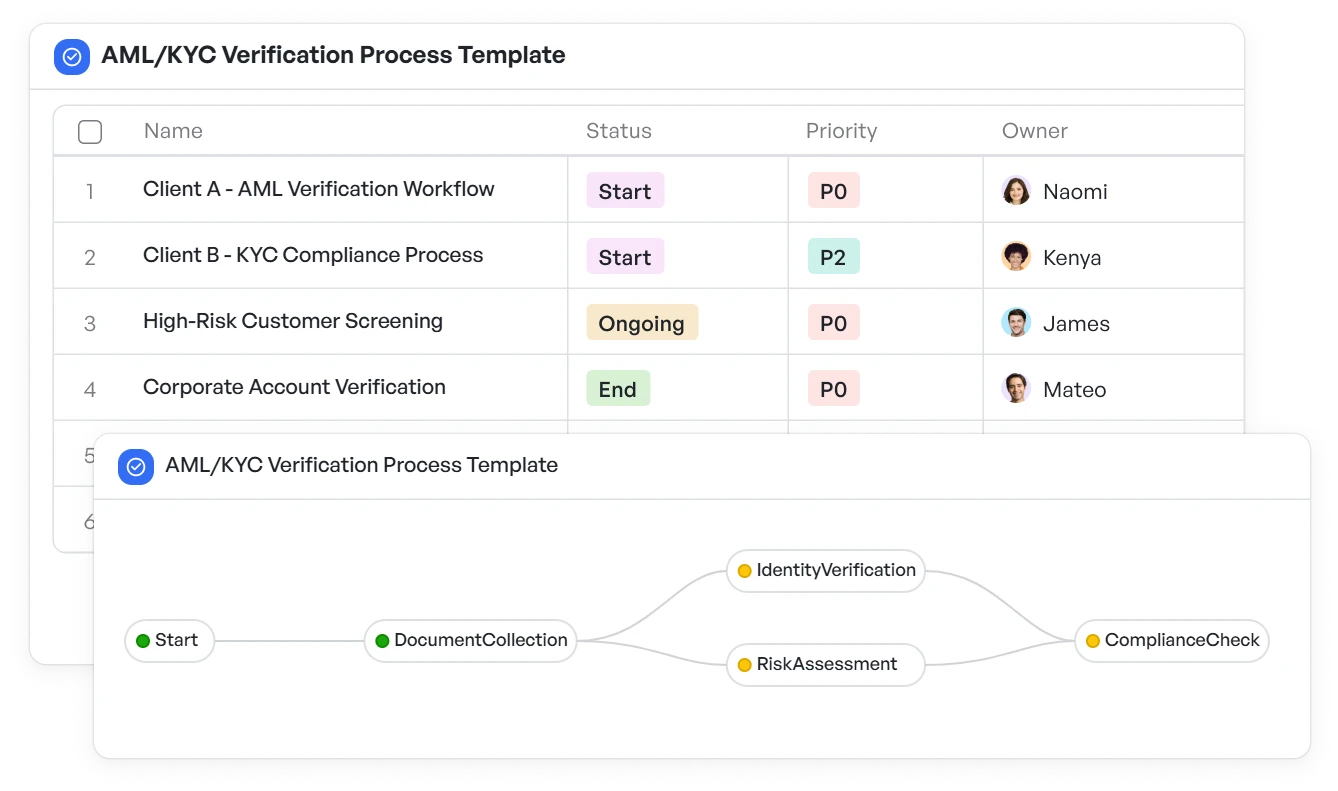How To Implement Pair Programming In Finance

Finance teams building or maintaining software systems operate under a unique blend of complexity, regulation, and risk. Whether it's automating reconciliation, building trading platforms, or maintaining compliance systems, the cost of bugs or miscommunication can be enormous.
That’s where pair programming can add meaningful value. Originally a practice from the Agile software development world, pair programming involves two engineers working together at one workstation—one writing code (the "driver") and the other reviewing each line as it's written (the "observer"). They switch roles frequently, ensuring mutual accountability and constant code review.
This post explores how financial software teams can use pair programming to improve precision, accelerate onboarding, and drive better collaboration across risk-sensitive initiatives.
Why Pair Programming in the Finance Team Matters
Unlike consumer-facing applications, financial software must meet higher thresholds for correctness, compliance, and traceability. Bugs don’t just lead to a bad user experience (UX); they can result in regulatory action or material financial loss.
Pair programming helps finance teams:
- Catch issues earlier: Real-time review improves defect detection.
- Reduce knowledge silos: Domain-specific knowledge (like tax rules or accounting flows) is shared more effectively.
- Strengthen auditability: With two minds involved, the decision-making around code is more thoughtful and easier to document.
It’s particularly useful in scenarios involving complex rule engines, reconciliation tools, pricing engines, or risk management platforms, where code correctness is critical.
For a more detailed look at how Agile practices like this play out in financial systems, refer to Meegle's blog on extreme programming in finance.
In the complex world of finance, precision and speed are paramount. The article pair programming with ChatGPT for sampling and estimation of copulas, published by Springer Nature demonstrates how pair programming, combined with AI tools like ChatGPT, helps finance teams tackle challenging tasks such as copula modeling and Monte Carlo simulations. By pairing a human developer with ChatGPT, routine coding tasks are automated, allowing the team to focus on higher-level financial modeling and risk management.
This approach not only accelerates the development process but also improves accuracy and auditability. With two minds (human and AI) working on the same task, errors are detected earlier, regulatory requirements are more easily met, and knowledge is shared across the team. The result is faster, more reliable financial software that reduces risk and ensures compliance across critical initiatives.
4 Benefits of Pair Programming in Finance Software Projects
Pair programming in finance not only enhances code quality but also fosters a collaborative environment where teams work together to solve complex challenges, ensuring faster, more efficient development.
1. Higher Code Accuracy
Financial systems often rely on exact calculations and legal constraints. Having two engineers work together means more eyes on formulas, API contracts, and exception handling. The result is fewer bugs downstream and fewer late-stage QA issues.
2. Faster Onboarding for New Engineers
Finance teams frequently deal with legacy systems or proprietary platforms. Pair programming accelerates the learning curve. New hires pick up the business logic, team conventions, and system architecture faster when shadowing experienced engineers.
3. Better Cross-Functional Understanding
Pair programming sessions create space for engineers to discuss why something is built a certain way. In financial contexts, this might mean unpacking regulations, understanding trade processing logic, or decoding a credit scoring model. This creates deeper alignment across roles.
4. Reduced Burnout and Lone Dependency
In high-stakes, deadline-driven finance environments, it’s easy for developers to become isolated. Pair programming fosters shared responsibility, making work more social and sustainable.
Meegle's case study on extreme programming for customer engagement showcases how collaborative approaches like this improved turnaround time and quality.
Pair programming isn’t just a software development practice; it reflects a broader truth about how collaboration improves outcomes in high-stakes environments. A great example of this comes from the world of financial planning and analysis (FP&A). In this article by FP&A Trends, a global FP&A leader shares how their company implemented pair leadership to manage complexity across 17 countries.
Instead of assigning a single leader, they appointed two FP&A heads, one in Brazil and one in Australia, to provide 24/6 coverage, shared accountability, and real-time collaboration. Just like in pair programming, trust, continuous communication, and complementary strengths helped the team move faster and make better decisions.
Their experience shows that pairing leads to faster alignment, fewer bottlenecks, and stronger stakeholder relationships, whether you’re writing code or leading strategic financial initiatives.
When to Use Pair Programming in Finance
Pair programming isn’t required for every ticket. But it’s effective in specific use cases such as:
- Regulatory compliance features: Anything affecting audit logs, tax reporting, or anti-money laundering.
- Critical integrations: Payment gateways, bank application programming interfaces (APIs), or enterprise resource planning (ERP) systems.
- Security-sensitive tasks: Encryption modules or user access controls.
- New platform rollouts: Building net-new infrastructure or migrating legacy systems.
Project managers in finance should allocate time for pairing during the planning stage. This might mean budgeting more hours for critical epics or dedicating pair time post-standup for key deliverables.
To help plan these use cases, templates like the extreme programming iteration planning template can bring structure to the process.
 Streamline and structure pair programming for high-priority finance tasks
Streamline and structure pair programming for high-priority finance tasksOvercoming Common Challenges in Pair Programming in Finance
While pair programming brings immense benefits, it can also present some challenges. Understanding these obstacles and implementing practical solutions will ensure its successful adoption in finance teams.
Initial Time Overhead
It’s true that pair programming can slow velocity in the short term. But that investment pays off by catching issues early and reducing rework.
Solution: Use pair programming selectively, for risky or high-impact stories, rather than applying it to every task.
Skill Mismatch Between Pairs
Pairing a senior dev with a new hire can create imbalance.
Solution: Set a pairing schedule that rotates responsibilities. Use the opportunity to coach and transfer domain knowledge.
Remote Collaboration Gaps
Finance teams often work across geographies, and remote pairing can feel less effective.
Solution: Use tools that support screen sharing, real-time cursors, and synchronous code editing. For visual workflows, the fintech payment gateway integration workflow can help define pair objectives, assign responsibilities, and track outcomes across teams.
 Address remote collaboration gaps for pair programming in finance teamsAddress remote collaboration gaps for pair programming in finance teams
Address remote collaboration gaps for pair programming in finance teamsAddress remote collaboration gaps for pair programming in finance teams4 Steps to Introduce Pair Programming in Finance Teams
Introducing pair programming into finance teams requires careful planning and clear guidelines. By identifying key use cases and fostering structured collaboration, finance teams can effectively integrate this practice into their workflow.
1. Identify High-Impact Use Cases
Start with critical or high-risk modules. This might include compliance workflows, cash flow automation, or portfolio management systems.
2. Assign Roles Clearly
Set clear expectations for the driver and observer roles. Encourage frequent role switching to avoid imbalance.
3. Use Visual Planning Tools
To make pairing efficient, use structured tools that clarify dependencies, timelines, and review checkpoints. The AML compliance workflow template is a good example of how to align teams working on compliance-heavy initiatives.
 Align teams on compliance-heavy initiatives for pair programming in finance
Align teams on compliance-heavy initiatives for pair programming in finance4. Gather Feedback
After each pairing sprint, collect insights: What worked? What was frustrating? Use this data to refine pairing practices and expand adoption gradually.
Drive Real-World Impact with Pair Programming in Finance
Pair programming isn’t just a coding style—it’s a culture choice. In finance, where errors are costly and documentation is critical, this practice offers a way to embed quality into the software development process itself.
It helps teams align faster, document logic more clearly, and distribute knowledge without waiting for the next quarterly handoff. When paired with visual project management, it becomes easier to plan who works with whom, track progress, and build audit-ready systems collaboratively.
Meegle’s insights on debugging in pair programming support these principles.
How a Fintech Startup Scaled Smarter with Pair Programming
When the engineering team at Iyzico, a rising fintech startup, set out to scale their payments platform, they didn’t just want to move fast—they wanted to do it right.
The challenge? Building secure, error-free code in a highly regulated environment while onboarding new engineers rapidly. Their solution: pair programming.
Instead of letting developers work in silos, Iyzico paired up engineers to write, review, and test code in real time. This approach gave every feature set an extra layer of scrutiny—bugs were spotted faster, edge cases caught earlier, and new developers picked up domain knowledge without waiting on documentation.
One senior developer noted, “Pairing gave us more than clean code—it gave us confidence. We were shipping faster without sacrificing quality.”
From reducing deployment risks to speeding up onboarding and scaling new features, Iyzico’s use of pair programming wasn’t just about collaboration. It was a growth strategy. And in a space where precision matters, it paid off.
Source: What you can learn from how successful companies use pair programming
Build Better Financial Systems, Together
In the financial software space, where accuracy, traceability, and security are non-negotiable, pair programming offers a tangible way to improve project outcomes without overloading individual developers.
It creates a team culture of shared ownership and continuous review, resulting in better software, faster learning, and less risk.
Streamline pair programming in finance with Meegle, and ship better code, faster.
The world’s #1 visualized project management tool
Powered by the next gen visual workflow engineRead More
Check All BlogsStart creating impactful work today



